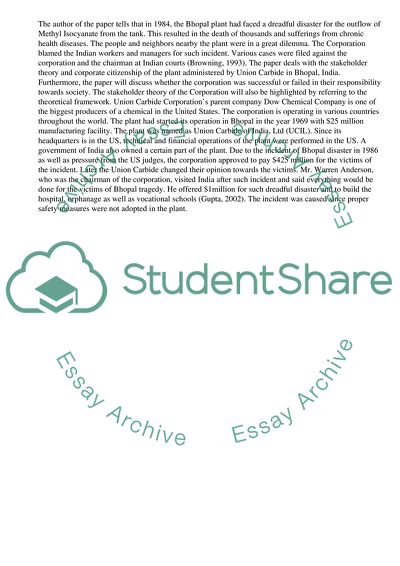Cite this document
(Corporate Social Responsibility and Ethics Case Study - 1, n.d.)
Corporate Social Responsibility and Ethics Case Study - 1. Retrieved from https://studentshare.org/management/1752310-corporate-social-responsibility-and-ethics
Corporate Social Responsibility and Ethics Case Study - 1. Retrieved from https://studentshare.org/management/1752310-corporate-social-responsibility-and-ethics
(Corporate Social Responsibility and Ethics Case Study - 1)
Corporate Social Responsibility and Ethics Case Study - 1. https://studentshare.org/management/1752310-corporate-social-responsibility-and-ethics.
Corporate Social Responsibility and Ethics Case Study - 1. https://studentshare.org/management/1752310-corporate-social-responsibility-and-ethics.
“Corporate Social Responsibility and Ethics Case Study - 1”, n.d. https://studentshare.org/management/1752310-corporate-social-responsibility-and-ethics.


